Give your brain time to get a grip on icy roads
As the orange and browns of fall are erased by the whites and greys of winter, a fancy phrase might pop up in media: “seasonal amnesia.” It's a nicer way of saying we've all forgotten how to drive on frozen, snowy roads.
It's a real thing, an actual kind of forgetting. In 2014, a Wisconsin city newspaper, helped by a local psychology professor, looked into the phenomenon in their snowy midwestern state.
A virtual reality experiment tricked the teacher’s students into thinking their classroom was off kilter. After they’d adjusted to moving about that artificial environment, they took off their headsets. Then they stumbled around in the real one.
Conclusion: the brain and body need time to adjust to sudden changes. The habits developed during six months of bare-pavement driving aren’t easy to unlearn upon waking up to a wintry commute.
To help with the transition, here are five refreshers from Automotive Service Technician instructor Dan Brochu (Bachelor of Business Administration ’16, Automotive Service Technician ’81) for navigating an altered environment, familiar or not.
1. Consider winter tires
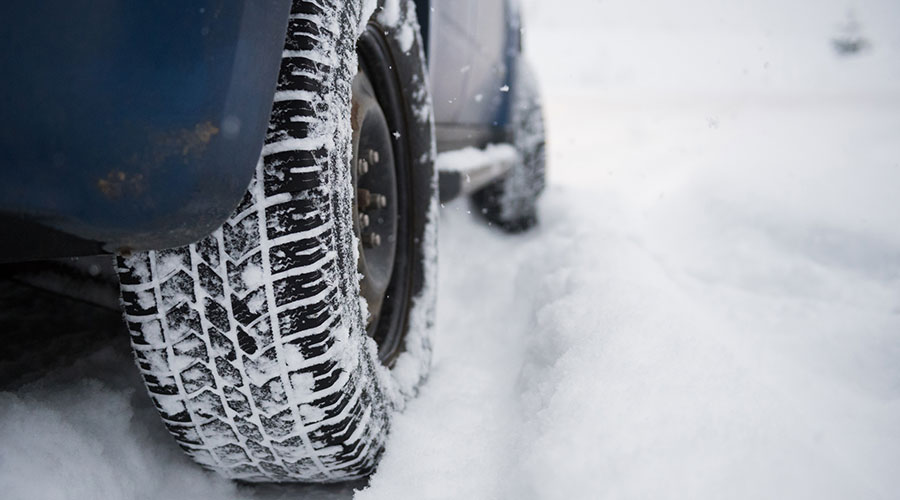
Below about -7 C, “all-season tires aren’t sufficient,” says Brochu. They harden up in the cold, reducing traction. That means trouble stopping, no matter how powerful a vehicle you drive.
“If you drive a four-by-four, you can accelerate like crazy but it’s your ability to stop that is the issue.”
2. Check your lights
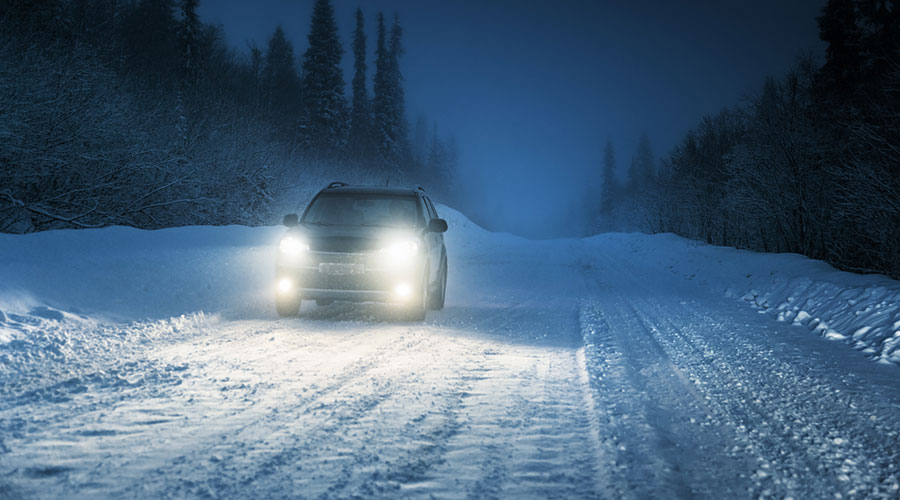
With limited daylight, you’ll often be driving in the dark, so check your head- and tail lights. Consider investing in high-quality, long-lasting bulbs, says Brochu.
“I always buy the premium. If you compromise quality you can’t expect to get the same life out of it.”
3. Drive safer
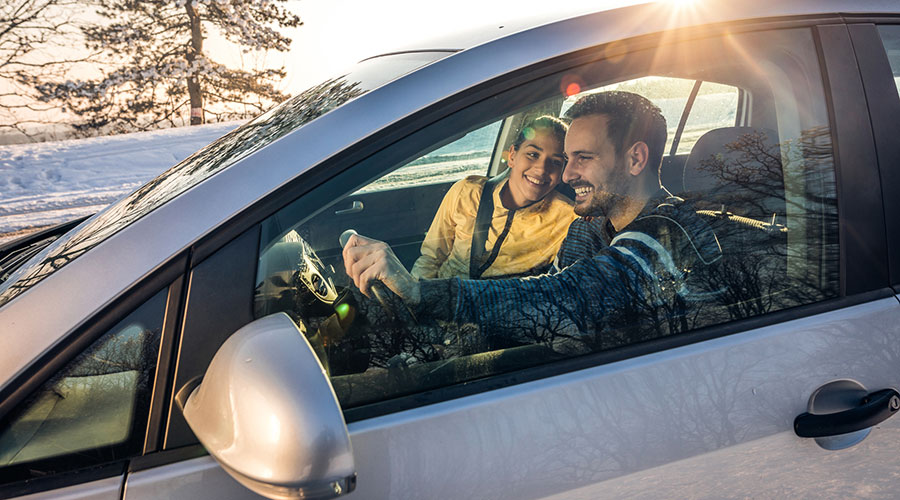
Brochu’s dad used to teach his kids winter driving skills by putting the car into a spin and showing them how to get out of it. But Brochu would rather the rest of us not end up in that situation in the first place.
Avoid a hard brake by putting distance between you and the vehicle ahead. If you’re driving 60 kilometres per hour, for example, allow four to five car lengths, says Brochu.
And don’t be in a rush. “If you have to get somewhere at a certain time, leave earlier.”
4. Get your brakes checked
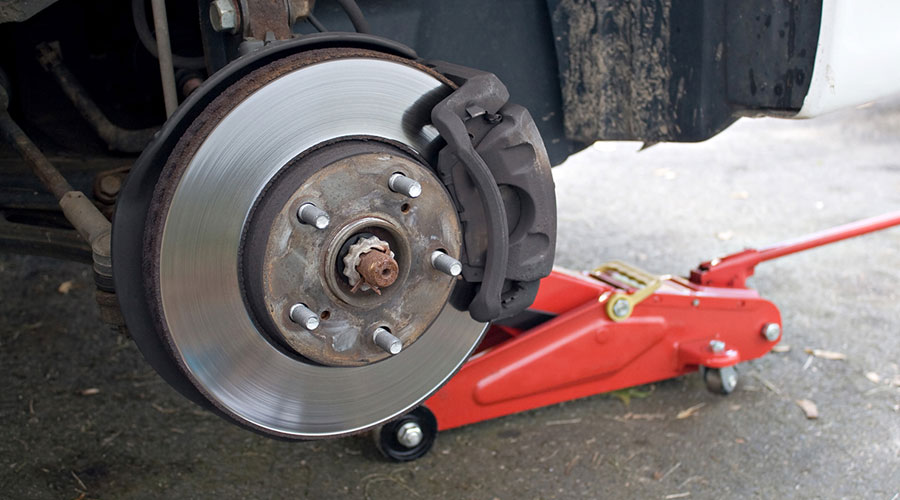
Speaking of braking, get your brake pads checked. Or do it yourself.
The brake caliper is like a hand curled around the rotor, that metal disk just behind the wheel. The brake pads sit between the caliper and the rotor, and are made of a metallic fibre. If they’re not at least three millimetres (1/16 inch) thick, get them replaced.
5. Be prepared for trouble
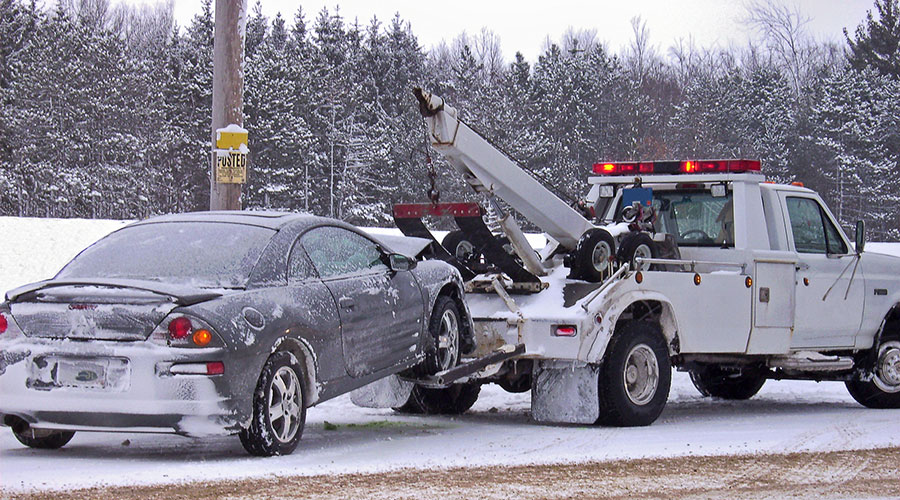
If Brochu has hit the ditch – and he has – anyone can. This is why he packs a safety kit, which includes
- a blanket and candle for warmth
- non-perishable (and un-freezable) food
- and a flashlight with a beacon bright enough to be seen from the road
- a sturdy shovel to help get you out and running again
If you have no choice but to wait for help (consider an AMA membership, says Brochu) sit tight. “Don’t stand on the highway. You’re liable to get hit.”
Don’t be hard on yourself if winter gets the better of your vehicle. If you don't get it quite right this year, there will be no shortage or chances to perfect techniques in the future.
Remembering them from year to year, however, may prove tougher to master.